Strike First, Strike Hard, No Mercy
Why Cobra Kai is surprisingly one of the most effective self defence systems in the world
By Sifu Atalick - 9th Generation Master of Seven Star Praying Mantis Kung Fu
As a martial arts teacher, enthusiast, movie fan, over the years I’ve seen more Kung Fu flicks than I can count. Some favour more realism, like Jet Li’s Unleashed, and on the opposite end of that spectrum some favour fantasy, like Crouching Tiger Hidden Dragon. Yet, to my recent astonishment, the one that offers the most practical wisdom for actual self defence is probably the first martial arts flick I ever saw, The Original Karate Kid. It never actually would’ve occurred to me until recently when the franchise’s fire was relit with its new series: Cobra Kai (must watch if you haven’t yet). I must’ve missed it in the past because the way Cobra Kai and its 3 tenets were portrayed: Evil, merciless, destructive. As a fun spin, the new series begins with one of the old villains, Johnny Lawrence, portrayed as the protagonist. This gives you a different perspective and lets you see Cobra Kai in a somewhat more relatable light. Aside from being evil and destructive, the 3 main lessons taught at Cobra Kai are actually the most practical offered on screen: Strike First, Strike Hard, No Mercy. They actually line up really well with what I’ve been taught by two of my most influential teacher/mentors (and I’m not evil, I swear). Implemented properly they actually provide great lessons about self defence, combat, survival, and life, even though they were written into the original to show how sinister the antagonist was.
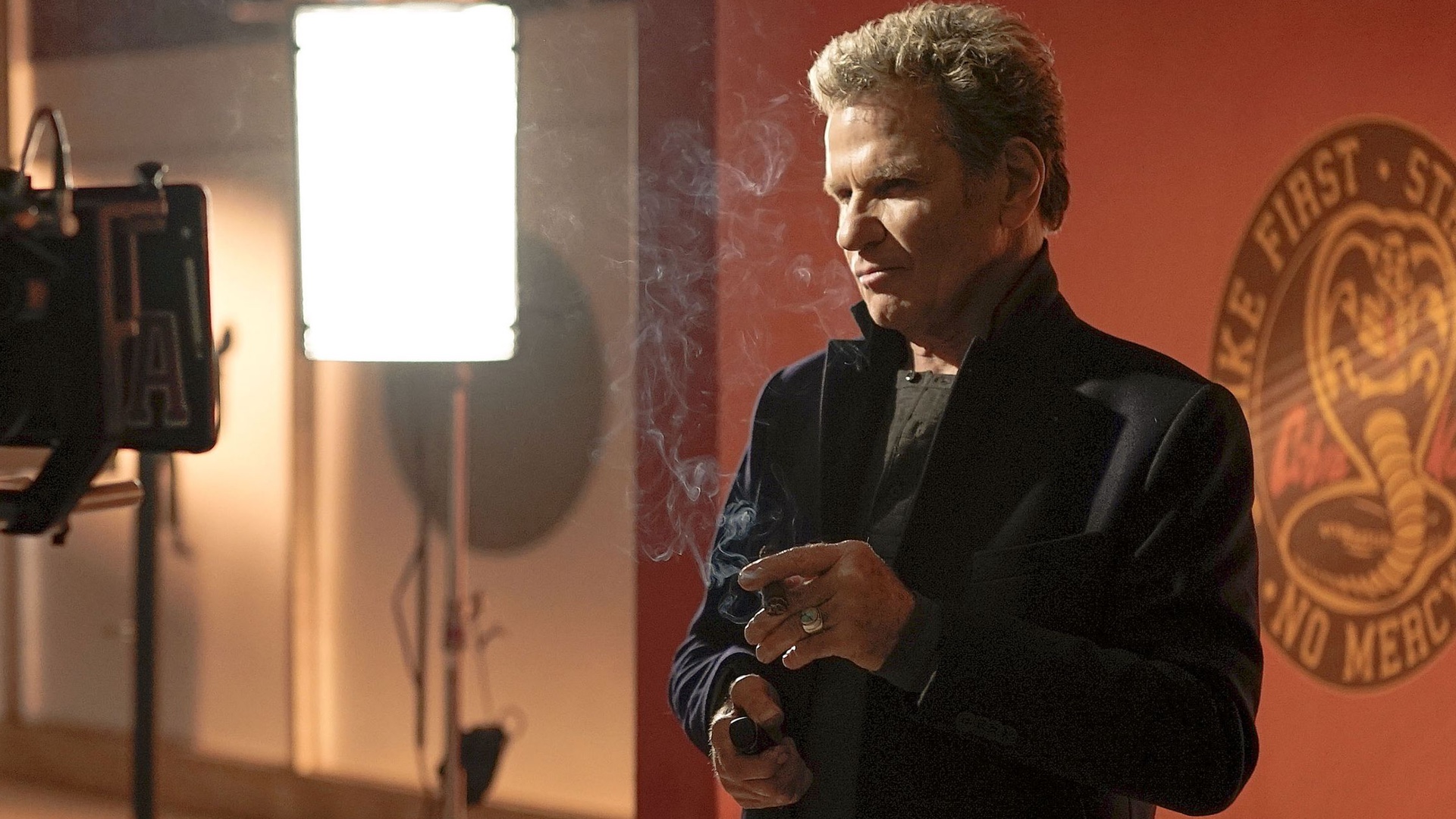
So you can understand my perspective on this, I need to give you a little background. Through my life’s journey in martial arts I’ve quite a few teachers, but my most influential mentors are Grand Master Philipman Chow of the Wong Hon Fun branch of Praying Mantis Kung Fu, and Peyton Quinn, creator of the RMCAT system. These two great men, having never met each other, and coming from very different spectrums of martial art and self defence, actually preach the same 3 important and fundamental concepts of self defence. GM Chow studied praying mantis kung fu in the 40s and 50s in Hong Kong at a time when a large portion of China’s kung fu men were concentrated into a small urban centre; This led to a lot of fighting in-between schools, which led to more combative development of those styles since they were more often being tested. Mantis Kung Fu in Hong Kong went through many changes at that time compared to its mainland counterpart, changes that resulted in difference that can still be seen today. As part of this difference, GM Chow’s approach to self defence and combat were direct, practical, with very little patience for any kind of showmanship.
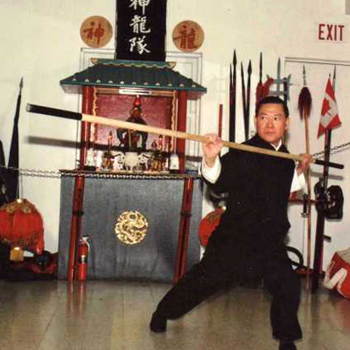
Mr. Peyton Quinn, while having less experience in established styles of martial art, had an abundance of experience in actual street combat. You can check out “Real Fighting” for more details. I met him in 2008 when he was promoting his RMCAT seminars at a conference I attended for martial arts school owners. Although I studied his books (which I highly recommend), I didn’t actually get to train under him in person until 2014 when I flew out to his Ranch in Lake George, CO. Peyton taught a system of conditioning the adrenal response, which basically hardwired your brain for self defence when threatened. Of all the approaches to self defence I’ve seen in my life time, whether traditional or modern MMA, this was hands down the most effective. Not because of the physical techniques, but because of the simple concepts and way of training the brain during times of intense stress; A crucial supplement to all martial arts training. Peyton, like GM Chow, had no time for anything other than what worked. He wasn’t biased toward or against traditional martial arts or MMA, because he knew anyone could be beaten at any time, in any place.
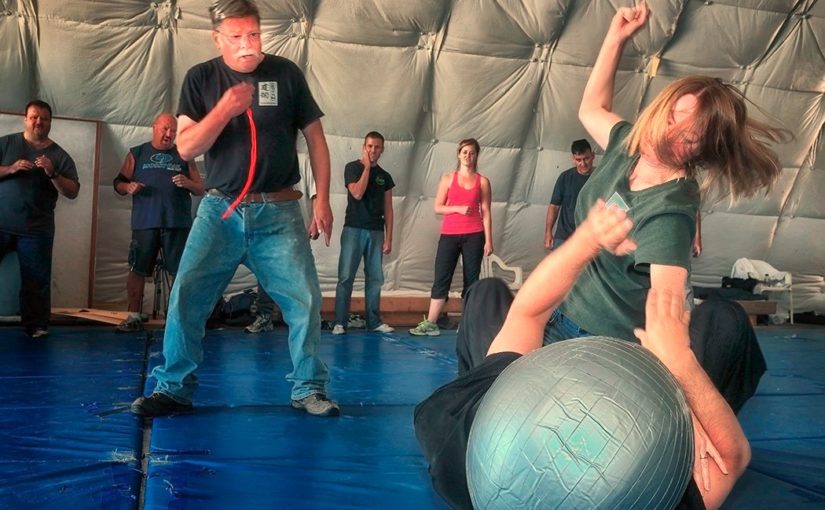
Before I get into the main guts I really must emphasize a key factor these two great men have in common. They are both kind, compassionate, non-egotistical people. They have the willingness to teach everything they know, yet they have nothing to prove. Understanding this will hopefully keep the reader from misunderstanding the fundamentals below and illustrate how you can follow them without being evil.
So what do these dudes have to do with Karate Kid and Cobra Kai? They’re all very clear on the first key:
1 - STRIKE FIRST – GM Chow and Peyton Quinn are the exact opposite of John Kreese as far as ego and compassion, but they all preach the same thing: Strike First. I often have people ask me, “isn’t kung fu/martial art supposed to be for defence only”, yes, of course, you don’t get anywhere good in life by constantly attacking people, duh, when someone’s attacking you, self defence doesn’t mean you only use defence motions, repeatedly blocking and hoping the attacker gets tired. That’s absurd, and you will probably die, quickly. Self Defence, the defence therein means you protect yourself, as opposed to using martial skill for conquest. It doesn’t mean you are forbidden from using offensive techniques to protect yourself in self defence situation. In fact, you need offensive manoeuvres if you’re going to ward off further attacks. Although it looks cool in movies when the hero constantly evades and blocks fury after fury of attack in reality this won’t happen. In Kung Fu we say if you block one, that’s very good, if you block two, that’s masterful, if you block three you’re either just plain lucky or you’re sparring an infant. If you let someone take a swing or two at you, odds are, you are going to get hurt, probably badly. The earlier you launch offensive techniques the better chance you have of successfully defending yourself. If you’re pressing forward with attacks then you force the opponent to go on the defensive, making it harder for him to attack you. The misunderstanding here is when to attack. The appropriate time is: when it’s justifiable to do so for a reasonable person, and with no more force than as needed. If you’re cracking people in the nose when they are mouthing off then you are misunderstanding and misusing this key, you’re a jerk, don’t drag my name into it, because I’m not justifying that kind of behaviour. Striking first is to be used when the person makes a clear threat through their words and their body language and you genuinely feel threatened. I teach my students that strike first doesn’t just apply to combat, but it applies to life. Strike First means being proactive in life, not waiting for life to happen to you, but creating your life the way you want it, through focus, determination, and action. Imagine my surprise when watching Johnny Lawrence give a similar speech to his first student in Cobra Kai. So why are my teachers and I nice people who don’t go around punching people in the face while we follow the same basic principle as John Kreese, the notorious Karate villain? If I had to guess I would say it was lack of compassion made the difference.
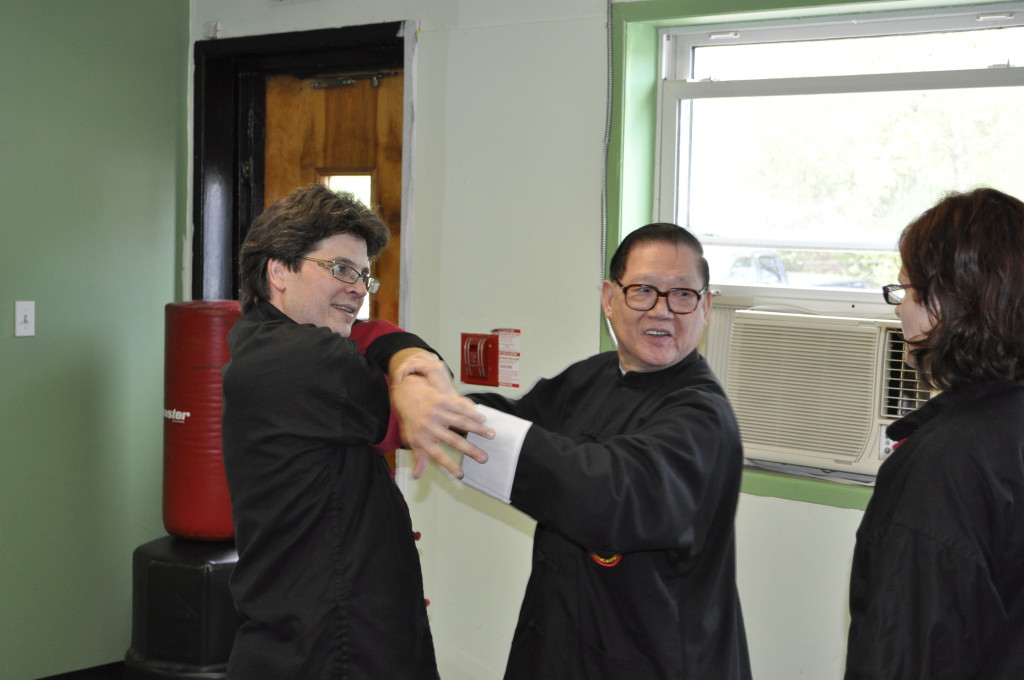
2 - Strike Hard – This next key has some different language depending on who you’re asking, so it took me some time before I realized that GM Chow, Peyton, and Johnny Lawrence are all saying the same basic thing. On the surface, the Cobra Kai angle on this is pretty straight forward, hit as hard as you can, cause damage. My real life teachers have a more in-depth take on this 2nd Peyton Quinn refers to this key as “Break the Balance”. If you’re opponent has his balance, meaning he’s standing on two feet, more or less rooted, he has a structure upon which to launch attacks and hit you. If you don’t understand this try this simple experiment: Stand in front of a punching back with your feet staggered in a fighting stance and drive a punch into it. Then lift one foot and balance on one leg, then drive that punch in. Then hop up and down on the spot in front of the bag repeatedly and drive the punch when you’re up in the air off your feet, at the peak of your hop. If you’re astute you’ll notice that the first punch had the most power, because you had the most balance, structure, and root. Real life combat is messy, random, and people get hurt. If you have to defend yourself against an unarmed attacker, you may get punched. The first line of defence is to not get punched, you can prevent that by punching first, as mentioned above. The second line of defence is: if you do get punched, make sure it doesn’t hurt that much, you can do this by taking the opponents root away. Consider the three punches above that I mentioned. If you had to pick 2 out of the 3 to get hit with, if you’re smart you’d pick the 2nd two. They may hurt your feelings, and hurt your skin a little, but they are less likely to knock you unconscious. If you’re still conscious, you can still fight, and if you’re not, you can’t. In reality, in actual combat, when you’re body is pumping with adrenaline, you won’t notice the punches that are unrooted, so a good tactic is to not let your opponent root. This is what is meant by break the balance. When you strike, strike hard enough to break your opponents balance. This prevents them from launching an adequate counter attack. Every attack must be hard enough to break the balance. If you’re throwing attacks that won’t break balance, they will only hurt feelings. Remember, against an adrenalized opponent, they probably won’t even feel attacks that aren’t strong enough to either break their balance, or render them unconscious; everything else just hurts their feelings. Don’t hurt feelings. Strike hard. Grand Master Chow had a different term for this. He always, always said, “Shake the Foundation”. I can still hear him saying it; it’s burned into my brain, “shake foundation, shake foundation, shake foundation”, and when I would try to throw a classmate during training, he would stop me, “no, you still have not shaken the foundation”. If the technique is not strong enough to shake the foundation, it’s just a face massage. In life, this means you have to be decisive and commit. No one gets to earn a black belt or a black sash by “trying it out”, they have to work hard toward, set a goal, commit. When you have each foot in two separate boats you end up falling in the water. Get in one boat, and paddle hard, with everything you’ve got until you arrive at your destination, that’s what strike hard means.
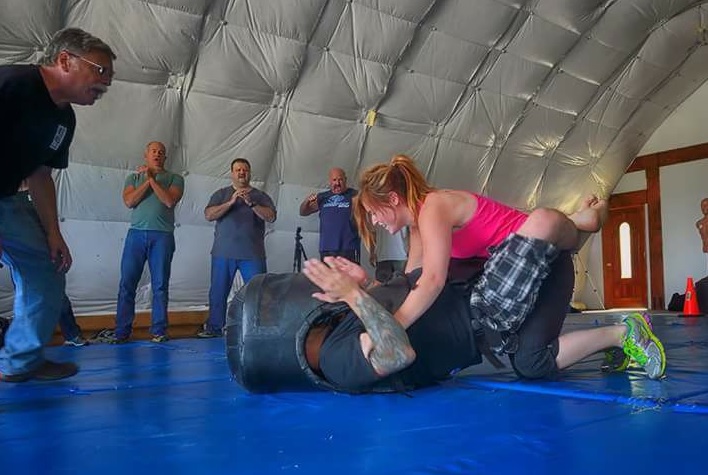
3 - No Mercey ...The third Rule in Cobra Kai was the hardest to connect and compare. “NO MERCY”. For a while I thought, hey, this is a neat show, 2 out of the 3 rules are things that we teach in Mantis Kung Fu. I totally disagreed with the 3rd rule because I value compassion and teach my students the same, and I couldn’t see how this rule was relatable at all. I found the same to be true with GM Chow and Peyton Quinn. I found them both to be caring, inspiring people who, although taught amazingly destructive self defence, had no desire to hurt anyone. It finally hit me the day before I ended up writing this blog. In my own words, “don’t let up”. Peyton would call this “continuous Attack” and taught me that even if the technique used is a simple one, striking continuously is more important than using needless variety. GM Chow would just say “don’t stop; go” when talking about sparring. He didn’t need to say much more than that; everything in Praying Mantis Kung Fu is based in continuous attack. You never throw only 1 attack. Combinations flow, typically in combinations of 3s, 6s, 9s while changing height and angles. When combined, with the previous two keys, this will ensure the best odds for successful self defence: Strike First to put the opponent on the defence. Strike hard to unbalance them and prevent them from delivering effective counters, and finally, do it continually so they can’t turn the tables and go on the offence.
As much as martial artist like to over-complicate things and argue about trapping, striking, rolling, mounting, blah blah blah, self defence is actually quite simple. Using these 3 keys properly will take care of 99% of physical self defence situations(...by this I mean actual self defence situations, NOT contests, please don’t confuse the two. Contests have rules, self defence situations don’t. )
Who would’ve guessed an 80s movie villain, (and subsequent TV show character) while lacking a philosophy of compassion, would present the top 3 factors for successful combat. One thing I’d like to add, as kind of a disclaimer, is these keys aren’t “good” or “bad”, they are merely effective tools. The way they are used says a lot about the martial artist using them. You can use them for your own conquest, or use them to improve your life and the lives of others around you. Praying Mantis Kung Fu is very similar. It tends to be a very aggressive style, but that doesn’t mean its practitioners are aggressive. In most cases actually the opposite occurs. That’s the martial paradox; you train to be competent and capable of defending yourself, and as you do you find yourself less likely to fall into such a position.
In the end, effective self defence is not about any particular style or technique; it's about the wisdom to know how to respond properly and having a fit and conditioned body to be capable enough to carry out the physical side of things. Kung Fu training has this as a benefit, along with improving one's health and focus so they can function in their daily life at a much more productive level. If you think you would benefit from such focus, take us up on our free trial by opting in below. When you do you'll receive a free private lesson, a free 2 week trial, and a free uniform (all valued at $165) with no obligation after your trial, and no risk.

